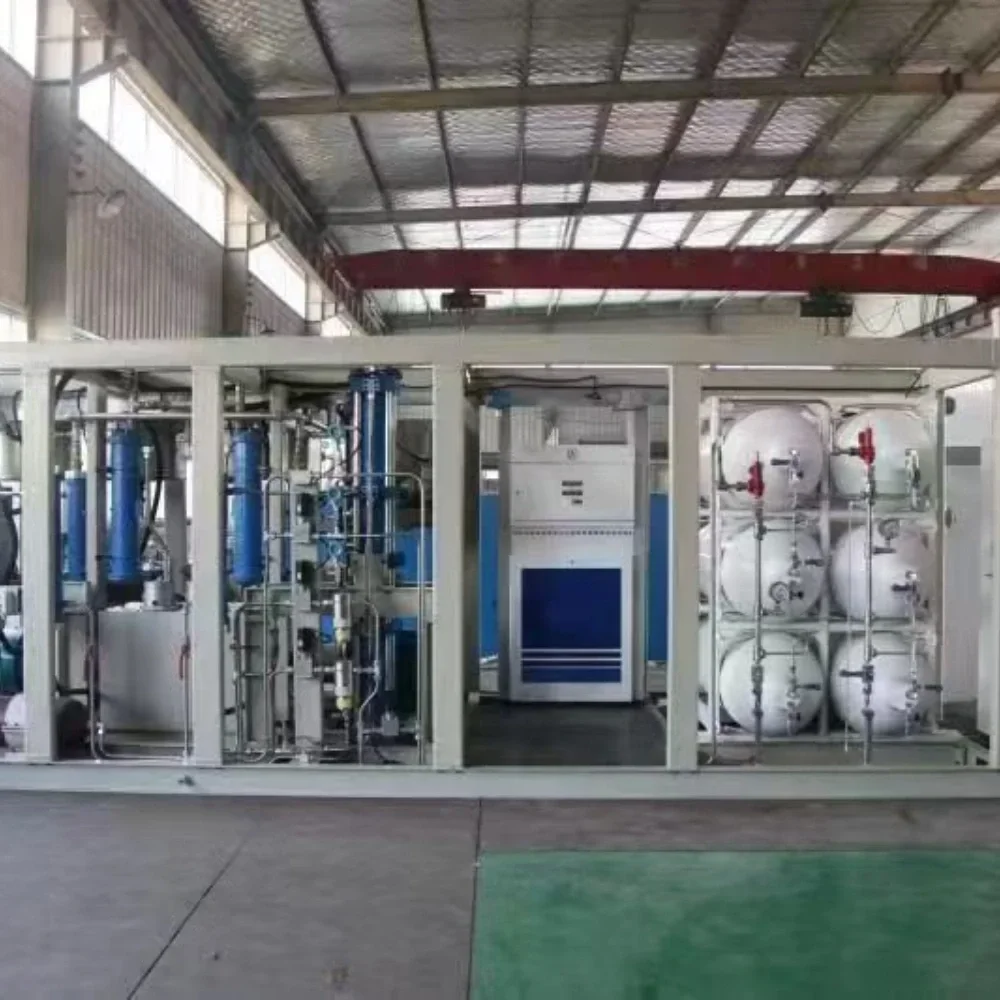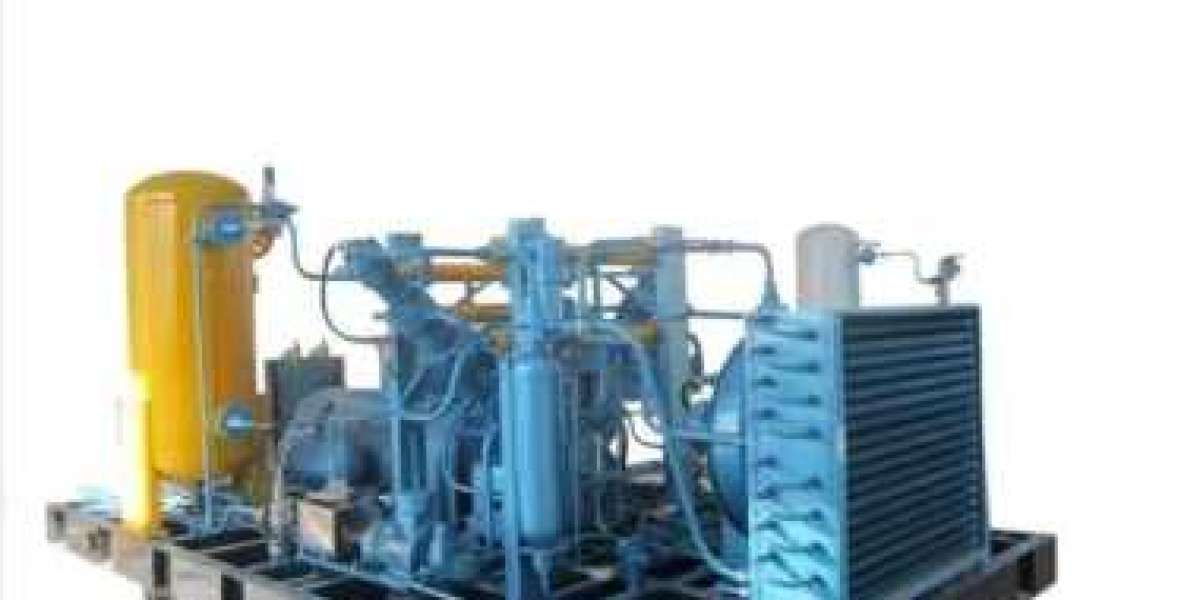In the quest for cleaner and more sustainable energy solutions, Liquefied Natural Gas (LNG) has emerged as a prominent player. As the world pivots towards greener alternatives, the rise of LNG filling stations marks a significant milestone in the energy transition. These stations are not merely fueling points; they are harbingers of a cleaner, more efficient future.

LNG: A Cleaner Alternative
LNG is natural gas that has been cooled to a liquid state, making it more convenient for storage and transport. It emits up to 30% less carbon dioxide than diesel and significantly reduces emissions of other pollutants, such as nitrogen oxides and particulate matter. This makes LNG an attractive fuel choice for heavy-duty vehicles, marine transportation, and industrial applications.
The Growth of LNG Filling Stations
The expansion of LNG filling stations is a testament to the growing acceptance of LNG as a viable alternative fuel. These stations are being developed across the globe to cater to the increasing demand from various sectors. They are equipped with advanced technology to ensure safe and efficient refueling of LNG-powered vehicles and equipment.
Huani Metal Material Co., Ltd.: Pioneering LNG Infrastructure
At the forefront of this growth is ShanDong Huani Metal Material Co., Ltd., a company specializing in natural gas, hydrogen, and special gas equipment. With its advanced and professional energy equipment production lines, ShanDong Huani is a leading manufacturer in the new energy equipment sector. The company's focus on research and development, manufacturing, sales, and service of energy and gas equipment makes it a key player in supporting the infrastructure needed for LNG filling stations.
The Benefits of LNG Filling Stations
1、Environmental Impact: LNG filling stations contribute to a cleaner environment by providing access to a fuel that significantly reduces greenhouse gas emissions and air pollutants.
2、Economic Viability: LNG is often more cost-effective than traditional fuels, offering economic benefits for businesses and consumers.
3、Energy Security: By diversifying the energy mix, LNG filling stations help reduce dependence on oil and enhance energy security.
4、Operational Efficiency: LNG-powered vehicles and equipment can refuel quickly and efficiently at these stations, minimizing downtime and maximizing productivity.
Challenges and Opportunities
While the rise of LNG filling stations presents numerous opportunities, there are also challenges to address. These include regulatory hurdles, safety concerns, and the need for continued investment in infrastructure. However, with ongoing technological advancements and increasing support from governments and industry stakeholders, these challenges are being progressively overcome.
The Future of LNG Filling Stations
The future looks bright for LNG filling stations, with continued growth expected as more industries and consumers recognize the benefits of LNG as an alternative fuel. Companies like ShanDong Huani Metal Material Co., Ltd. are at the forefront of this evolution, driving innovation and excellence in LNG equipment manufacturing.
Conclusion
The rise of LNG filling stations is a crucial development in the global shift towards cleaner and more sustainable energy sources. With the support of industry leaders like ShanDong Huani Metal Material Co., Ltd., the expansion of LNG filling station infrastructure is set to accelerate, paving the way for a cleaner, greener, and more prosperous future.








